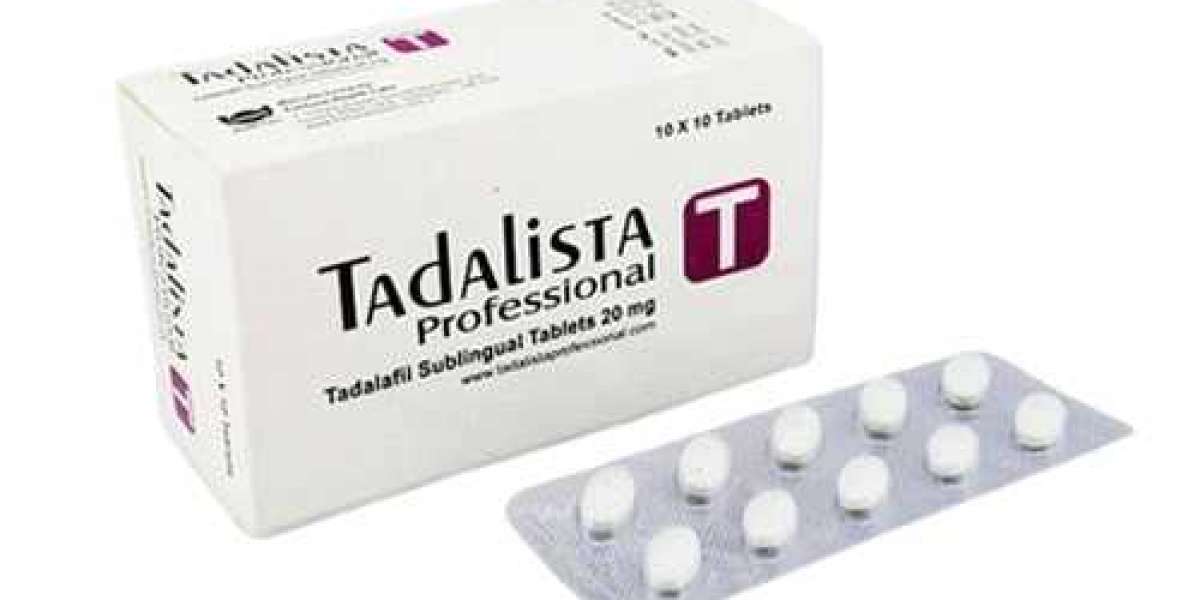In today’s competitive landscape, retail brands must deploy effective sales strategies to thrive and stand out in a crowded marketplace. The key to success lies in a blend of innovative marketing tactics, understanding consumer behavior, and creating memorable shopping experiences. This article explores the top sales strategies retail brands can leverage to maximize their reach, boost customer engagement, and drive revenue.
1. Omnichannel Retailing
Modern consumers expect seamless shopping experiences across multiple channels, whether they’re purchasing online, in-store, or via mobile apps. Implementing an omnichannel approach allows retailers to integrate their online and offline experiences, creating a cohesive customer journey. By synchronizing inventory, promotions, and customer data across platforms, brands can ensure convenience and consistency.
For example, a customer might research a product online, visit a store to examine it in person, and then complete the purchase through a mobile app. Retailers can enhance this journey by offering services like click-and-collect, in-store returns for online purchases, and personalized app recommendations.
2. Personalized Marketing
Retailers must harness the power of data to deliver personalized experiences. Customers are more likely to engage with brands that offer tailored recommendations, exclusive offers, and relevant content. Leveraging customer relationship management (CRM) software and AI-driven analytics, retail brands can segment their audience based on buying behavior, preferences, and demographics.
For instance, email marketing campaigns can be customized to send birthday discounts, product suggestions based on past purchases, or notifications about sales on favorite items. Personalized marketing not only enhances customer satisfaction but also increases loyalty and repeat purchases.
3. In-Store Experience Enhancements
Despite the rise of e-commerce, brick-and-mortar stores remain vital for retail brands. However, traditional retail models need to evolve to attract foot traffic. Enhancing the in-store experience can set a brand apart. Strategies include interactive displays, live product demonstrations, and sensory elements such as lighting, music, and scent marketing.
Retailers can also use technology to create unique in-store experiences. For example, virtual reality (VR) fitting rooms allow customers to try on clothes virtually, while augmented reality (AR) apps enhance product information.
4. Loyalty Programs and Customer Retention
Acquiring new customers can be expensive, so retaining existing ones is essential. Loyalty programs are a proven way to encourage repeat purchases and foster long-term relationships. Offering points, rewards, or exclusive perks can motivate customers to stay engaged with the brand.
To make loyalty programs more effective, retailers should focus on personalization. For instance, Sephora’s Beauty Insider program offers members customized rewards based on their preferences, alongside early access to sales and special events.
5. Leverage Social Media and Influencer Marketing
Social media is a powerful tool for driving brand awareness and sales. Retailers can create engaging content, run contests, and showcase user-generated content to build a community around their brand. Additionally, partnering with influencers who align with the brand’s values can amplify reach and credibility.
Micro-influencers, in particular, can be highly effective due to their loyal and engaged followers. Retailers can leverage these partnerships for product reviews, unboxing videos, and behind-the-scenes content to drive authenticity and trust.
6. Flash Sales and Limited-Time Offers
Creating a sense of urgency is a time-tested sales tactic that can boost short-term revenue. Flash sales, limited-time discounts, and exclusive product drops encourage impulse purchases and generate excitement. However, to avoid customer fatigue, retailers should use this strategy sparingly and strategically.
Promoting these offers through multiple channels, including email, social media, and mobile push notifications, can maximize their impact.
7. User-Generated Content (UGC) and Reviews
Consumers often trust peer recommendations more than brand messaging. Encouraging customers to share their experiences through reviews, photos, and videos can enhance a brand’s credibility and influence purchasing decisions. Retailers can incentivize UGC by offering discounts, featuring customer content on their social media pages, or running contests.
For example, clothing brands often encourage customers to post photos wearing their products with branded hashtags. This not only increases brand visibility but also builds a sense of community.
8. Data-Driven Insights and Continuous Optimization
Finally, successful retail brands rely on data to optimize their sales strategies. By tracking key performance indicators (KPIs) such as conversion rates, average order value (AOV), and customer lifetime value (CLV), retailers can identify what’s working and make data-driven decisions. Regularly testing and refining marketing campaigns ensures continued improvement and relevance.
Conclusion
In a rapidly evolving retail landscape, brands must adopt a multi-faceted approach to stay competitive. By embracing omnichannel retailing, enhancing personalization, and leveraging digital tools, retailers can create exceptional customer experiences and drive sustained growth. Whether online or in-store, the ultimate goal is to build trust, foster loyalty, and turn one-time buyers into lifelong brand advocates.







